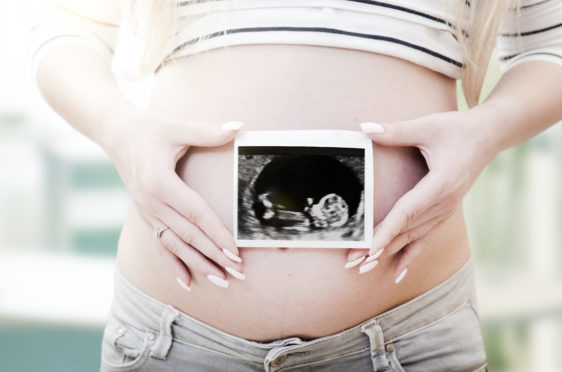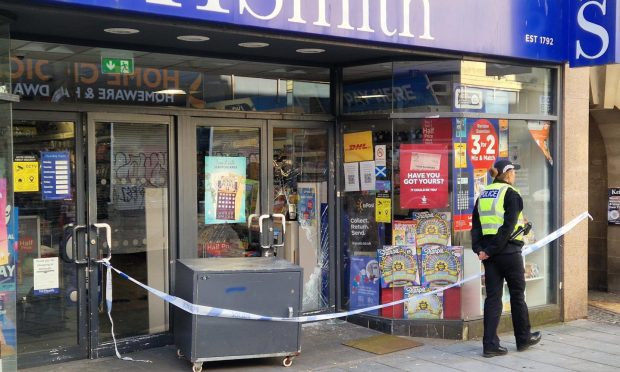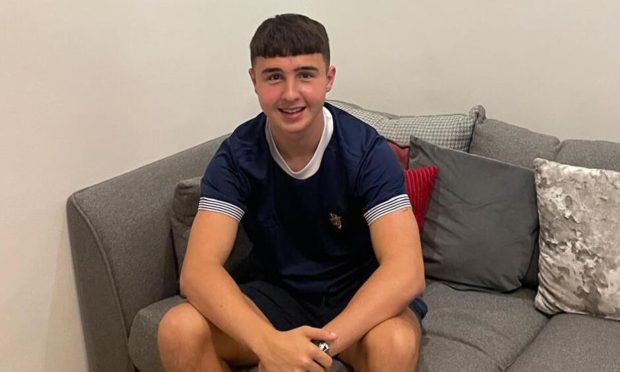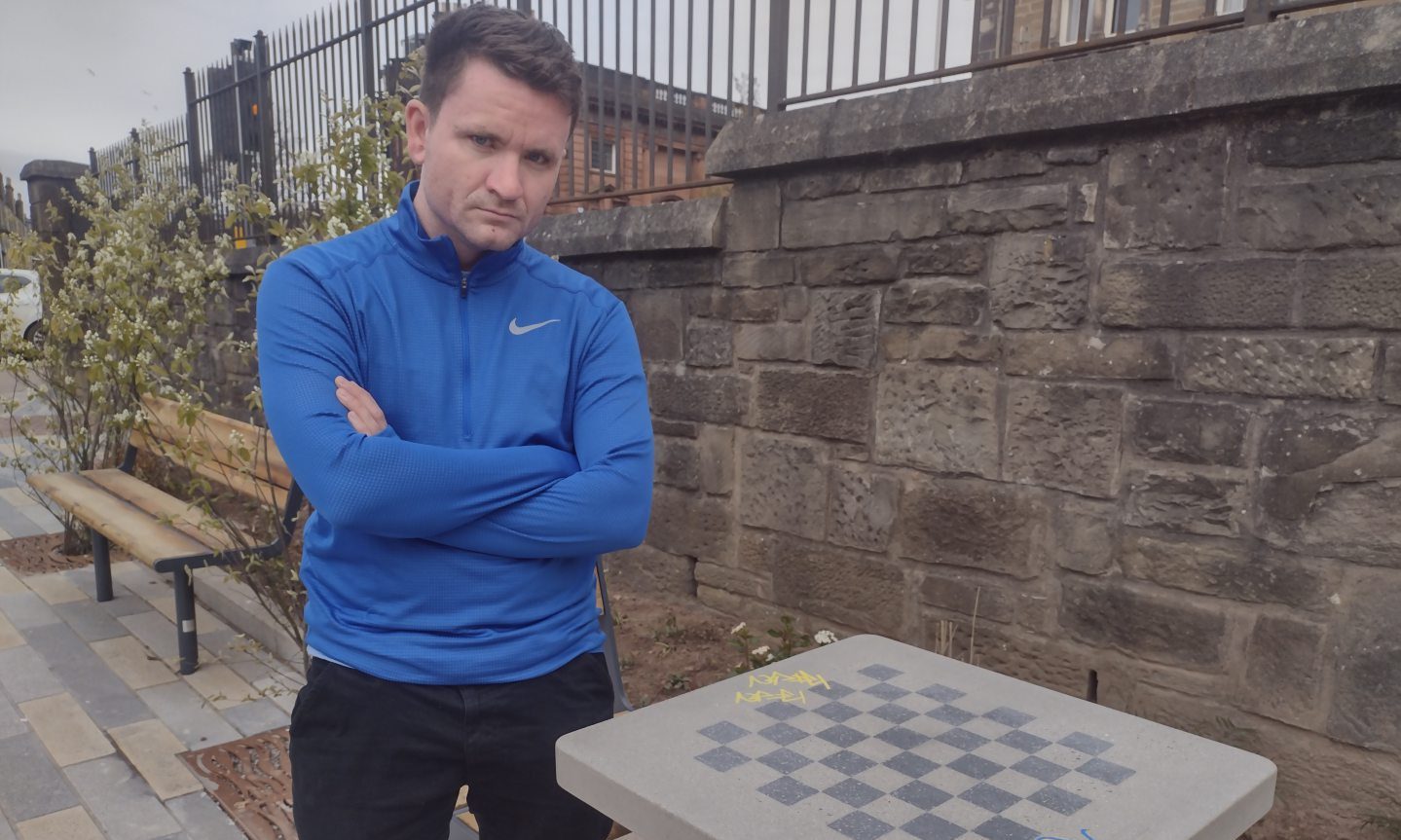The future of Tayside and Fife’s health and education systems is said to be “under threat” after figures revealed the region’s birth rates have plummeted over the past two decades.
Birth rates have fallen d by an average of 12% in Dundee, Angus, Perth and Kinross and Fife since 1996.
The largest decrease was observed in Dundee (-13.6%), closely followed by Angus (-13.5%).
In Perth and Kinross, the change was -12.7% and in Fife it was -9.5%.
Willie Rennie, MSP for North East Fife and leader of Scottish Liberal Democrats said that immigration should be encouraged to plug the gap, despite Brexit.
He explained: “The plunging birth rate means that the sustainability of our society is under threat.
“If we don’t have sufficient people working and paying taxes we won’t have sufficient funds for our NHS and education.
“We also need enough educated and trained people to run our public services. That’s why I called for the true economic value of immigration to be recognised.
“Rather than pulling up the immigration drawbridge we should be encouraging more people to live and work here.”
Dundee council leader John Alexander said the city’s future looked “positive” and that the overall population was expected to increase despite the declining birth rate.
However, he admitted that Brexit would be a “real headache” and would have a “detrimental impact” when it came to finding workers for key sectors.
“We continue to project an increasing population with an expectation that the city will grow by 5.9% by 2039,” Mr Alexander said.
“Birth rates are one part of the equation and as we all know, rates across the country and indeed in many western countries are declining.
“However, there are also internal movements with people coming from other areas of the UK and immigration from farther afield.
“We have an increasingly older population which by its very nature requires more money for health, social care and pensions. To address that we need to build up our working age population.
“Brexit is a real headache on the horizon for a number of reasons. Key sectors such as care, hospitality, tourism or even the NHS are supported by an inward flow of working age European nationals who work, set up home and contribute back into the public purse.”
Mr Alexander added: “Whatever your view on Brexit, it is a reality that there is the potential at least in the shorter to medium term for a detrimental impact on our working age population.
“Dundee’s future looks positive, we are putting the city on the international map and building opportunities for future generations.
“We need, however, to be mindful of the challenges ahead of us and work to address them — population is just one part of that.”










